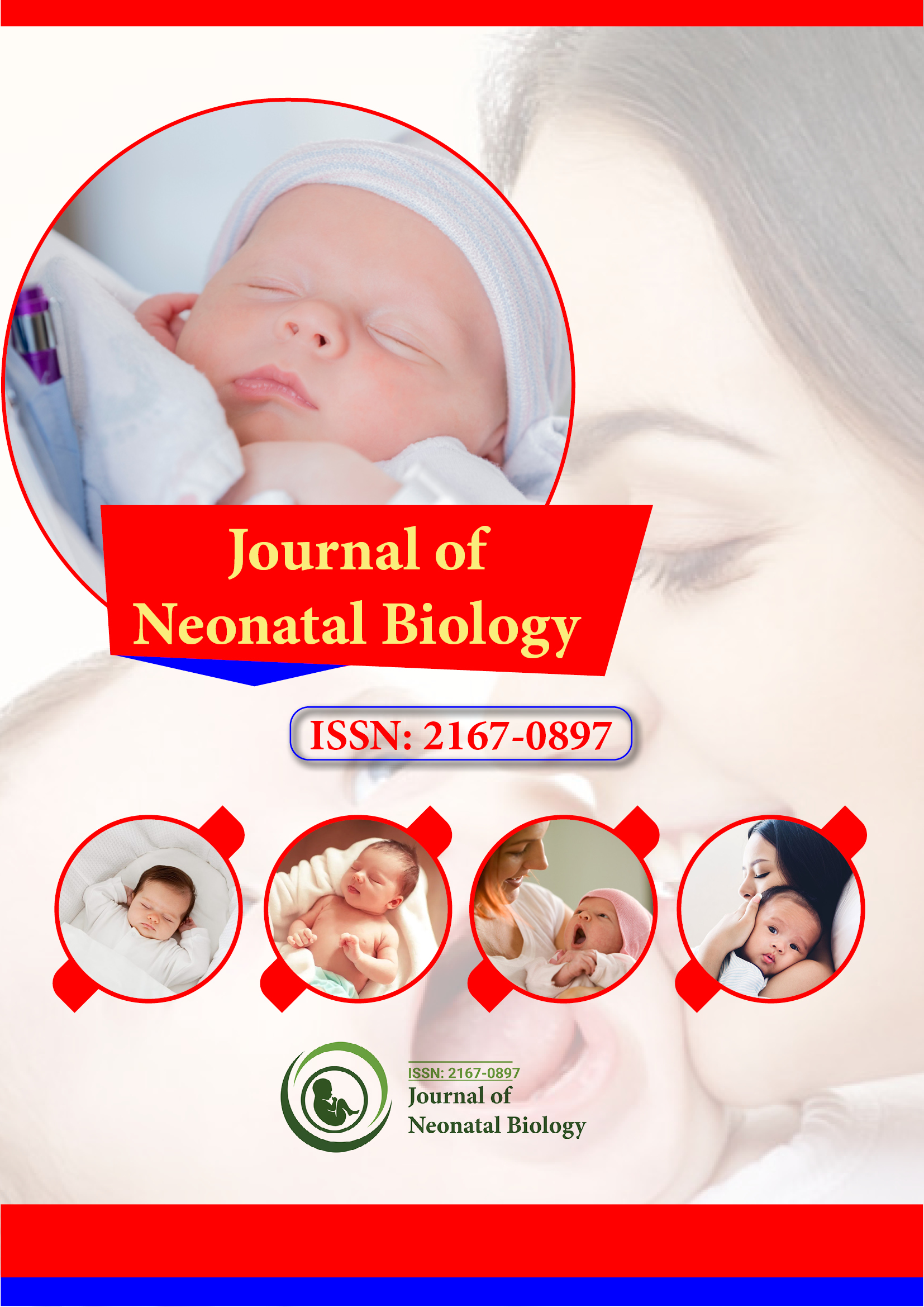Indiziert in
- Genamics JournalSeek
- RefSeek
- Hamdard-Universität
- EBSCO AZ
- OCLC – WorldCat
- Publons
- Genfer Stiftung für medizinische Ausbildung und Forschung
- Euro-Pub
- Google Scholar
Nützliche Links
Teile diese Seite
Zeitschriftenflyer

Open-Access-Zeitschriften
- Allgemeine Wissenschaft
- Biochemie
- Bioinformatik und Systembiologie
- Chemie
- Genetik und Molekularbiologie
- Immunologie und Mikrobiologie
- Klinische Wissenschaften
- Krankenpflege und Gesundheitsfürsorge
- Landwirtschaft und Aquakultur
- Lebensmittel & Ernährung
- Maschinenbau
- Materialwissenschaften
- Medizinische Wissenschaften
- Neurowissenschaften und Psychologie
- Pharmazeutische Wissenschaften
- Umweltwissenschaften
- Veterinärwissenschaften
- Wirtschaft & Management
Abstrakt
Progress in Maternal and Newborn Health in Turkey
YurdagülErdem, ÅženayTopuz and Nebahat Bora GüneÅŸ
Objective: The aim of this review article is to discuss the progress made in maternal and newborn health in Turkey. Reducing maternal and newborn mortality is a global priority, especially in developing countries. According to WHO 2005, Turkey is a middle-income country.
Methods: The method used is to examine the policies of the Ministry of Health and other ministries in Turkey. The policies affecting health of the Turkish Ministry of Health and other ministries were examined and discussed based on the literature. Results: According to this research, the total fertility rate is still high with 2.08 births per woman. However, great progress has been made in the age of marriage and first childbearing age of women in the last 10 years. The average age of marriage is 20.8 years. 1/5 of the marriages are consanguineous marriages. The first childbearing age is 22.3 years. 73.7% of pregnant women receive prenatal care from doctors, midwives or nurses, but the rate varies considerably by geographical region. In the Western Region, the figure is 89.5% of pregnant women. According to the Turkish Statistics Institute (2011), maternal mortality decreased to 15.5 per 100,000 pregnant women. Neonatal mortality decreased to 4.6 per 1,000 live births. In 2011, a "Vitamin D Supplementation Program for Pregnant Women" was launched by the Ministry of Health. Night shifts are prohibited for women for one year after childbirth. Pregnant or breastfeeding women are not allowed to work more than seven and a half hours a day. A nationwide newborn screening program for phenylketonuria (PKU) was started in 1986. Screening for congenital hypothyroidism began in late 2006, and screening for biotinidase began in 2008.
Conclusion: Turkey has recently experienced a positive trend in reducing maternal and neonatal mortality. The decline in these rates is attributed to the increasing marriageable and childbearing age, the majority of births being assisted by medical personnel and the drastic changes in the health care system.